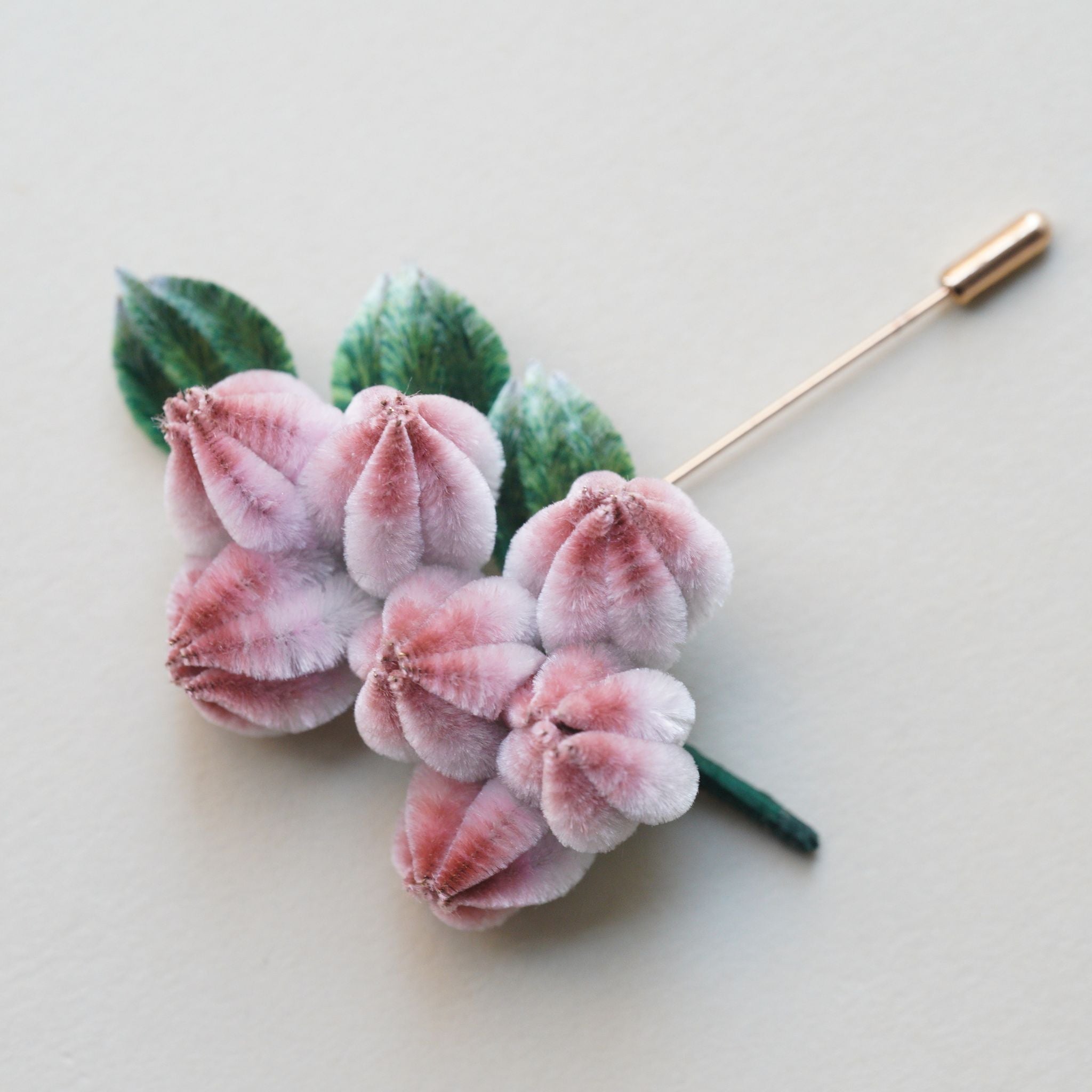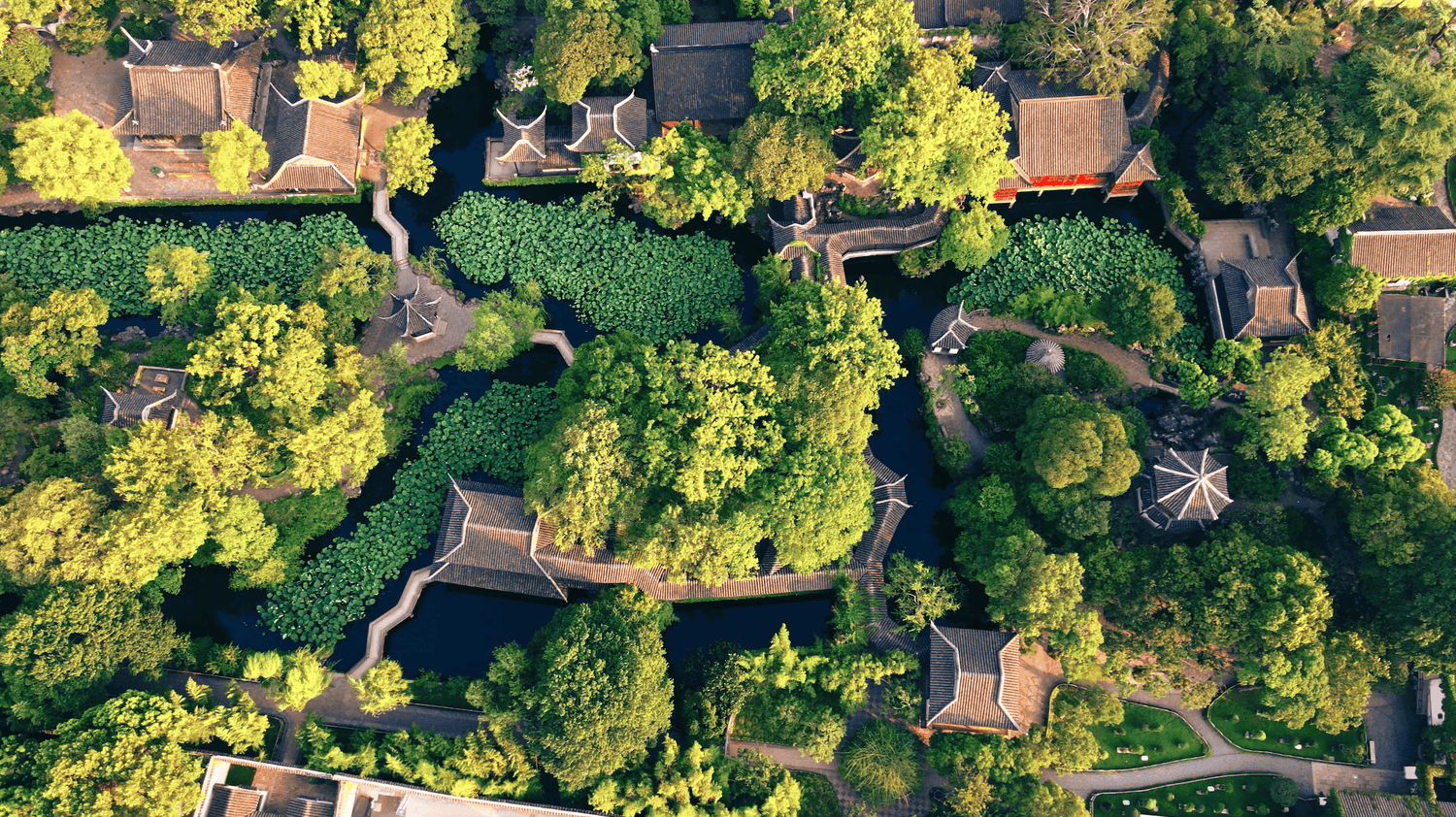What is special about Chinese Gardens?
Imaging creating a landscape of your own, and put it 500 meters away from your bedroom. Yeah, this is the idea we are talking about...Roughly
Suzhou is more than 2500 years old. It's an ancient city formed by the water.
You can see canals and rivers everywhere. It has been a prosperous city for more than a thousand years, with its incredible trade, commerce, agriculture, craftsmanship and of course Jiang Nan (Southern part to Yangtze River) Culture.
Suzhou garden is the private classical gardens that were normally built and owned by scholars in the ancient China. Its history dates back to the 6th century BC when Suzhou was first established as the capital city of the state of Wu. Inspired by the hunting garden of the king of Wu state, the private gardens started emerging in the 4th century and finally reached its climax in around 18th century.

In the Qing dynasty, there were around 130 different private gardens in total
here in Suzhou and nowadays there are around 50 remained and 19 of them are open to the public.
When walking into a garden the first thing to understand is its layout normally there is a pond at the centre of the garden and the central building of the garden is next to the pond which is normally a library or a study.

And the other structures like the halls, pavilions, bridges are all arranged around the central building and the pond which also serve as observation point or shelter from the sun and the rain. These structures also help to divide the garden into several different scenes or landscape which leads to our second point -- the layers of the garden.
The Chinese garden is like a 3D Chinese painting of Shanshui (meaning: Mountains and Waters, basically landscapes) school. When walking in the garden
each step will lead to a new painting-like scene. This is achieved by the techniques like borrowing, exchanging, and framing the scenery.
Structures like bridges, halls, stones are carefully designed an placed in the right position to increase the layers of the scenery. From near to far, from low to high, from dark to bright, from concealment to surprise.
The Hu stones, the rocks are used to mimic, the mountains and hills in the nature
while the pond is used to mimic the waters, like lakes and rivers. These two elements combined together create a contrast of high and low in altitude as well.
The other thing cannot be neglected is the calligraphs in the garden. It subtly express the spiritual world of the owner normally its about the views of life, the universe, and his own philosophy.
Take the Humble Administrator's garden as an example. This is one of the UNESCO heritage sites, the most famous classical gardens in Suzhou,
also the largest. The original owner of this garden is a disappointed officer.

The calligraphs in this garden also tell us some stories about him. The central building of the garden is the Hall of Distant Fragrance. Simply speaking, this is the compliment of the lotus grown in the pond in front of the hall. But Chinese officials in the ancient time are never simple. He was actually using the lotus as a metaphor for himself. He was finally away from the corruption of the officialdom
and stayed honourable, just like the lotus grows out of the stinky pond mud.
Another clue is from the Sitting With Whom pavilion. The name of Sitting With Whom pavilion is cited from the Chinese poet Su Dong Po. The original sentence is Siting With Whom, The moon, The Breeze and myself.
Do you feel that, the kind of pride and loneliness that's hidden in the heart of the owner, Wang Xian Chen? During his career as an official, he was framed up twice by his own colleagues, and was sent to the prison once because of that.
In the ancient China, the scholars, the group of most well-educated people
always have a dilemma in this mind - to serve in the royal court for their ambitions
or to escape into the nature for their internal peace.
The Suzhou gardens demonstrate to us how they responded to this dilemma
as a solution or a compromise. It's a crafted nature in the populous neighbourhood. It's a getaway place from their own duties and ambitions.
To me, the Suzhou Gardens are not just architecture or horticulture. It's a poetic lifestyle. It's a kind of aesthetics that value one's spiritual world. It's a beautiful balance between the human kind and the nature. It's a way of being in this complicated world.







Leave a comment
All comments are moderated before being published.
This site is protected by hCaptcha and the hCaptcha Privacy Policy and Terms of Service apply.